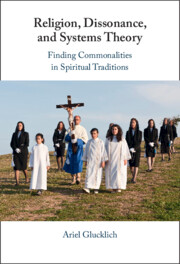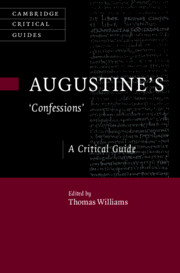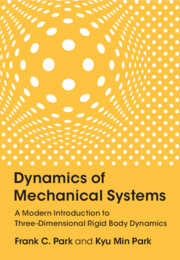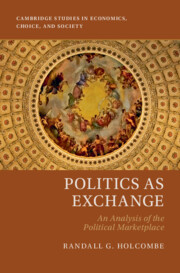Refine search
Actions for selected content:
3372602 results

The Origins of Scholasticism
- Theology and Philosophy in Paris, 1150–1250
- Coming soon
-
- Expected online publication date:
- November 2025
- Print publication:
- 30 November 2025
-
- Book
- Export citation

Translating His-stories
- Coming soon
-
- Expected online publication date:
- November 2025
- Print publication:
- 30 November 2025
-
- Element
- Export citation

Religion, Dissonance, and Systems Theory
- Comparing Spiritual Traditions
- Coming soon
-
- Expected online publication date:
- November 2025
- Print publication:
- 30 November 2025
-
- Book
- Export citation

Voice and Argument Structure in Basque
- Coming soon
-
- Expected online publication date:
- November 2025
- Print publication:
- 31 October 2025
-
- Book
- Export citation

The Notion of Vitality in African Philosophy of Religion
- Coming soon
-
- Expected online publication date:
- November 2025
- Print publication:
- 30 November 2025
-
- Element
- Export citation

Elements of Structural Equation Models (SEMs)
- Coming soon
-
- Expected online publication date:
- November 2025
- Print publication:
- 30 November 2025
-
- Book
- Export citation

Biography and the Trade-Gothic Author
- The Case of Isabella Kelly
- Coming soon
-
- Expected online publication date:
- November 2025
- Print publication:
- 30 November 2025
-
- Element
- Export citation

The Cambridge Handbook of the Governance of Technology
- Coming soon
-
- Expected online publication date:
- November 2025
- Print publication:
- 30 November 2025
-
- Book
- Export citation

The Cambridge History of Rights
- Coming soon
-
- Expected online publication date:
- November 2025
- Print publication:
- 30 November 2025
-
- Book
- Export citation

Mycenaean Civilization
- Coming soon
-
- Expected online publication date:
- November 2025
- Print publication:
- 30 November 2025
-
- Book
- Export citation

From Club to Commons
- Enlargement, Reform and Sustainability in European Integration
- Coming soon
-
- Expected online publication date:
- November 2025
- Print publication:
- 30 November 2025
-
- Element
- Export citation

Augustine's ‘Confessions'
- A Critical Guide
- Coming soon
-
- Expected online publication date:
- November 2025
- Print publication:
- 30 November 2025
-
- Book
- Export citation

Dynamics of Mechanical Systems
- A Modern Introduction to Three-Dimensional Rigid Body Dynamics
- Coming soon
-
- Expected online publication date:
- November 2025
- Print publication:
- 30 November 2025
-
- Book
- Export citation

New Religious Movements and the Romantic Spirit of Modernity
- Coming soon
-
- Expected online publication date:
- November 2025
- Print publication:
- 30 November 2025
-
- Element
- Export citation

Abuse in New Religious Movements
- Coming soon
-
- Expected online publication date:
- November 2025
- Print publication:
- 30 November 2025
-
- Element
- Export citation
Between Yahwism and Judaism
- Judean Cult and Culture during the Early Hellenistic Period (332–175 BCE)
- Coming soon
-
- Expected online publication date:
- November 2025
- Print publication:
- 31 October 2025
-
- Element
- Export citation

Critical Race Theory in Action
- Knowledge and Application in Social Work Practice
- Coming soon
-
- Expected online publication date:
- November 2025
- Print publication:
- 30 November 2025
-
- Book
- Export citation

Making Babies in Early Modern England
- Coming soon
-
- Expected online publication date:
- November 2025
- Print publication:
- 31 December 2025
-
- Book
- Export citation
Wales, Romanticism, and the Making of Imperial Culture
- Coming soon
-
- Expected online publication date:
- November 2025
- Print publication:
- 30 November 2025
-
- Book
- Export citation

Politics as Exchange
- An Analysis of the Political Marketplace
- Coming soon
-
- Expected online publication date:
- November 2025
- Print publication:
- 30 November 2025
-
- Book
- Export citation
